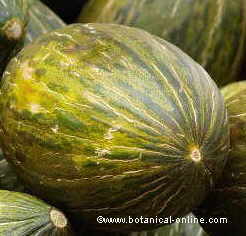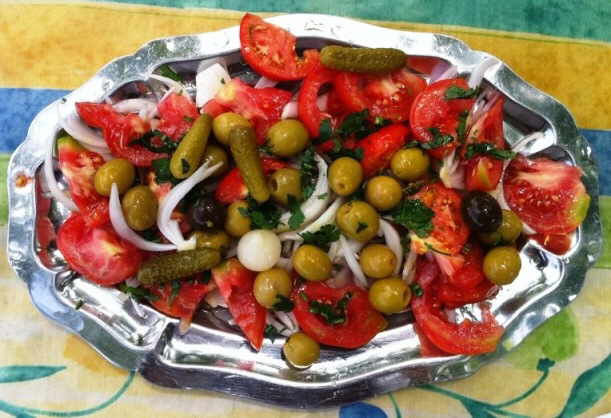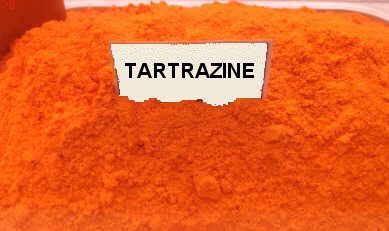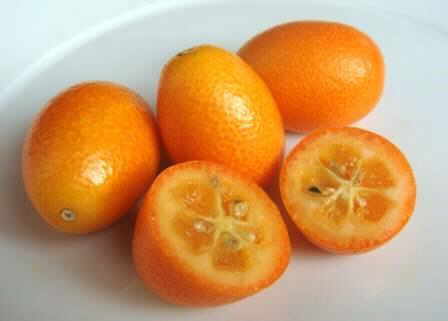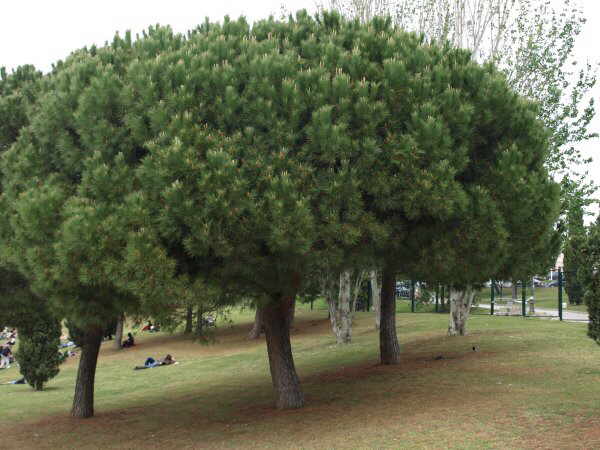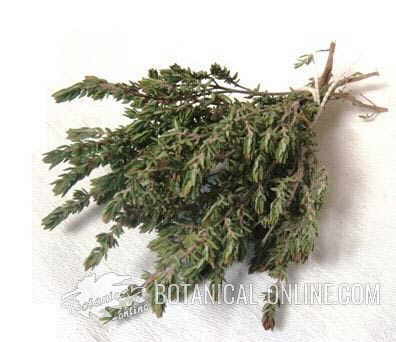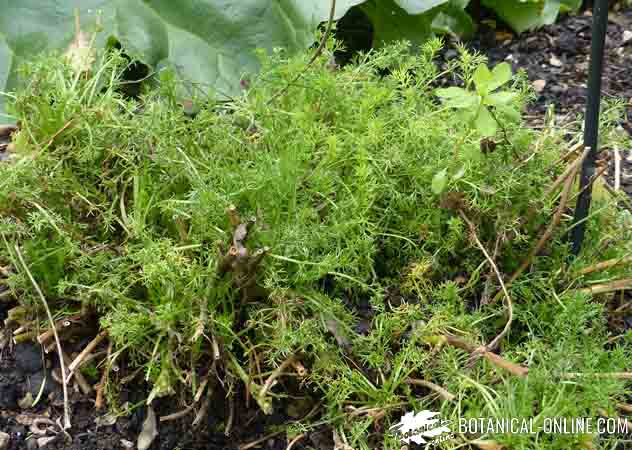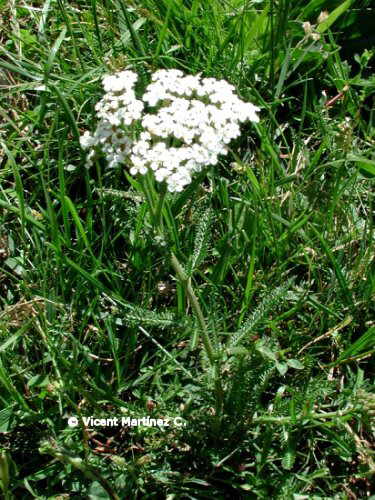Contents
Plants in winter
How does cold affect to plants?
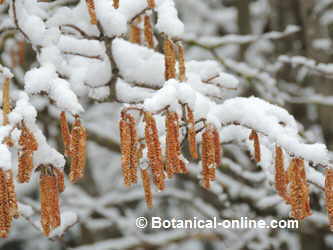
The best think to have a terrace or a garden in good condition is is to choose plants adequate to one’s zone. If we live in cold places, we can choose plants that resist frosts well, like cabbages (Brassica) or ivies (Hedera) that provide us a combination of interesting colors with their leaves. Heathers (Erica and calluna) can serve for their resistance and their pretty durable flowers. Dusty Miller (Senecio maritime) does not distinguish by its tiny flowers but by the ashen leaves that can be combined with the flowers of briars. Pernettia (Pernettya mucronata) is a case of extreme hardness since it can endure temperatures down to -20ºC.
If it is not so extremely cold, we can choose plants as chrysanthemums (Dendranthema indicum) that produce long lasting flowers although they should be protected from cold with a plastic. In the following article we expose a series of techniques to protect plants in winter.
What damages does cold produce to vegetables?
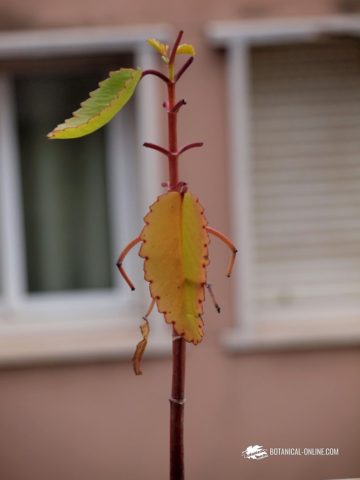
Plants should no be exposed to very low temperatures. With very low temperatures they should be protected so that they are not damaged or spoiled by frost. This damage can affect so much to a part of the leaves, as to young stems, buds, roots or to the entire plant. The liquids in the plant cells, once frozen, increase in size and break the cell walls.
The possible damages affect more to young tissues, like leaves or tender buds, specially because of cold weather at the beginning of spring, when vegetables have begun to awoke. One must consider the damage is produced in most cases by fast thaw than by frost. This usually happens in cold mornings that suddenly give way to hotter and clearer days. In some trees, for example, thaw produces cracks in the trunks. Among the main consequences that cold can produce to plants we will mention the following:
- Damages for lack of water absorption: The freezing of the soil and, consequently, the transformation of water into ice makes the water absorption impossible for vegetables that suffer the effects of a permanent drought. This occurs especially when days are cold and windy, given that wind increases dryness. This type of damage is shown as burns or colorless zones in leaves.
- Damages by action of cold in roots: Roots become particularly vulnerable to cold especially in species with superficial roots or those that have been planted in containers that do not permit the root to sink deeply in the soil.
- Damages in the bark of trunks: They are produced when abrupt changes of temperatures take place, especially when the plants have not still adapted to frost, which is quite habitual at the end of autumn or at the end of winter
- Damages in the structure of trunks: They are produced by the same reason, although, in this case, they appear as deep vertical cracks in the structure of the trunk.
- Damages in leaves and tender buds: These parts are the most exposed to the action of cold. It can make these parts to become blackened in some few hours. Sometimes leaves present burned edges, a cork-like texture or they become wrinkled, especially those ones that are found in the most exposed branches. Also unprotected buds usually become burnt. This can be appreciated because they soon change their color from green to brown. All these changes will reduce the production of the plant during next spring.
How to protect the plants from cold?
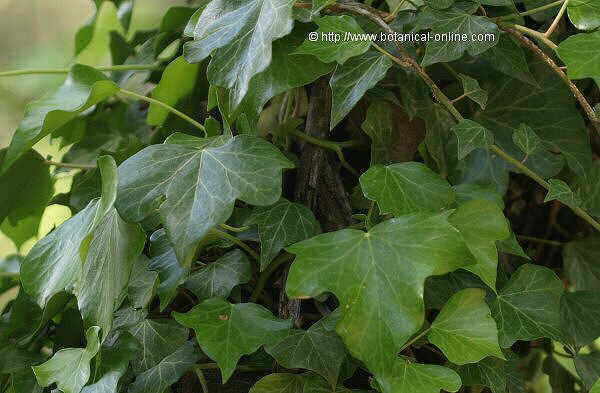
The following pieces of advice can serve to avoid damages to plants when frosts appear
As for indoor plant it is important to place them in the house. They should be placed by the light outside from air currents. The best place is near a window, far away from the radiators of our central heating. Dryness affect them too much. To avoid it we will increase the level of humidity in the house using a humidifier or a simple plastic spray bottle with tepid water.
Outdoor plants, that have been planted in flowerpots, should be placed in more protected places, although not in sunken spots where normally frosts use to develop, since cold air remains stagnant there. A high place and, at the same time, protected from the action of the wind wind would be the most appropriate. Exotic external plants are not accustomed to cold so they are not very advisable in areas with cold winters. Anyway, they should be moved indoors before the first frosts.
Concerning to external plants planted in big containers or in the soil the most important thing to do is is to protect their roots so that they don’t freeze. To make this possible we will apply a mulch on the soil which consists on covering the floor with a layer of about 5 or 10 cm of some insulating material as pine bark, straw or leaves of trees. This work should be carried out before the floor is already frozen, since mulching frozen soils will keep ice permanently what could harm the plant roots.
The external plants planted in flowerpots should also be protected appropriately, especially their roots. To protect them, they can be covered with cloth, bubble plastic or coconut fiber which is sold at garden centers. We can also place the pots inside other bigger ones and stuff the hollow space with straw. Their leaves or flowers can be protected with plastics placed on some supports without touching them.
If you want to have medicinal plants at your disposal in the kitchen during the whole winter is better to plant them in containers that can be moved to some sunny place during the day and taken back indoors at night.
To avoid bulbs to become frozen, we will dig them out and, after removing their leaves and cleaning them well, they will be put in a dry bag and stored in a fresh place.
To protect palms or coniferous we can surround them with a hurdle with a tight rope wrapped round it.
If climbers are pruned during this time, they will sprout better in spring. They can be given an extra protection if we unhook them from their support and leave them in the soil and cover them with some mulch. They can also be left in their place if we protect them with special plastics that can be bought in garden centers.
It is convenient to place plants of our terrace in the sunniest place. We will group them so that they can be covered at night with a plastic. During the day we should remove it.
Rosebushes can be protected digging a gutter in one of their sides. They must be extended in the gutters, and covered with straw after holding the branches to a stake so that they don’t get up. Then we will cover the straw with garden soil.
Vegetables can be covered with a newspaper sheet, forming a tunnel on them by placing the sheets of the newspaper transversely and with their tips buried in the earth.
How to protect plants from sudden extreme changes of temperature:
Usually native outdoor plants are already adapted to the habitual cold in winter and they tolerate freezing quite well. For this reason reason the best prevention to avoid freezing is to plant resistant native species. However, when special circumstances forecast by weather men indicate huge temperatures descents, we will also have to protect those plants accustomed to resist habitual low temperatures so that these unusual colds do no affect them.
To protect our bushes, structures can be used carried out with wires and covered with straw, canes, etc. A very practical form is to cover them with bubble plastic that can be removed easily during hotter periods of the day. There are in the market a series of devices to place the plants permanently inside during the coldest months. Among these we have the little greenhouses carried out with wooden or aluminum structures that are covered with glass which allows the light and the heat of the sun during the sunny hours to come in. We also have other resources, as glass bells to cover the smallest species with. Besides, no matter what we choose, all them can be covered at night with blankets or thick cloths to avoid them to become frozen.
Trees are more difficult to cover with these structures. A way of protecting them is to provide them with a good amount of water and be sure this does not congeal. Lack of water or the fact that a floor becomes permanently icy propitiate the famous burns to plants, something which, in fact, responds to the inability of the vegetable to pump water from the floor, either because it is dry one or because it is icy. By watering bushes or trees well in autumn we will provide them with enough water in case of very dry winters. Then, the right thing to do is to mulch the soil to avoid water to become frozen. Straw is one of the best resources in this sense. Also,to protect the branches, we will put among them some straw or ferns.
To avoid the problem of big cracks in the trunks, a special tape exists in the market with which they can be wrap up. Fruit trees are usually covered with a special white painting that reflects the solar light and prevents cracks on the trunks when they are quickly defrosted. Another possible resource is to plant tolerant bushes by their surroundings so that they protect their trunks.
Citrus are among the most delicate fruit-bearing trees. Their fruits and tender buds can suffer irreparable damages when the temperature reaches about -3ºC. Even trees can freeze at -6ºC. To avoid these problems, it is better to plant them in big containers that can be transported into a hotter place.
*Related information: Plants suitable for winter
![]() More information about plants.
More information about plants.

